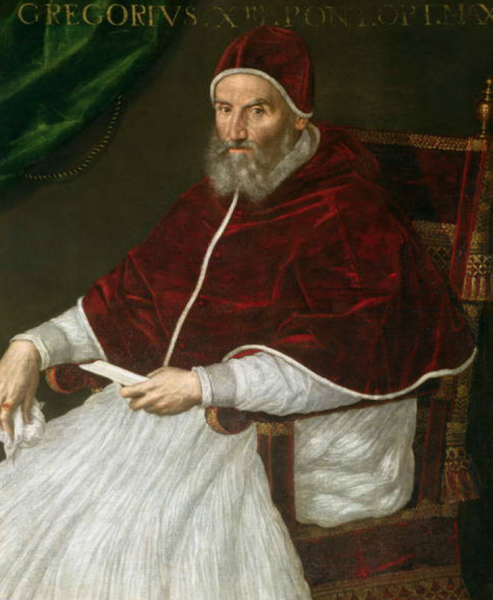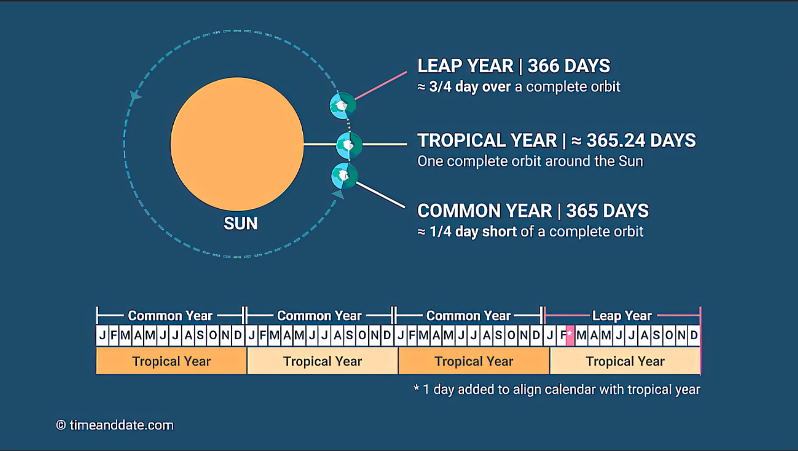This year is 2024 which is a leap year, an event that occurs on average once every four years. Leap years, known as intercalary years, are years in which an additional day or month is added to the standard calendar year in order to prevent desynchronization between the calendar and the astronomical year. This difference exists because although we measure days using 24 hours, a sidereal day lasts around four minutes less at 23 hours, 56 minutes, and 4.09 seconds (hypertextbook.com). If leap years weren’t implemented, the difference in time would inevitably accumulate to a point in which the astronomical year would not accurately align with its respective calendar year, leaving the possibility for times when summer within the North Hemisphere begins in December instead of July. To circumvent these events, our calendar has undergone many changes and adaptations to get to where it is in our time.

Centuries ago, the Roman Calendar was used within the Roman Republic, and legend explains that the original calendar was fabricated by the mythical King Romulus. Consisting of ten months, it did not take into consideration the winter months. As a solution, Numa Pompilius is often credited with adding the months of January and February in the 7th century BCE. This led to an ordinary year having 355 days. Mercedonius was the intercalary month that occasionally took place between February and March to help adjust the number of days in the year. Because of this month, the leap year had 377 or 378 days. This would allow the astronomical and calendar years to closely align, but not without struggle. The major problem with this was that politicians would be able to lengthen their time in office by adding this month as their terms in office aligned with the calendar year. This changed in 46 BCE when dictator Julius Caesar proposed and established the Julian Calendar, which included the leap year. Although this is a more accurate calendar that closely resembles our modern calendar, it still wasn’t accurate enough without problems.

A few hundred years passed by and Pope Gregory XIII introduced the Gregorian calendar in October 1572 with the Inter gravissimas, altering and effectively replacing the Julian Calendar. The purpose was to make the average calendar have 365.2425 days long, far closer in approximation to previous calendars since a solar year is approximately 365.2422 days. Leap years in the Gregorian Calendar are years that are divisible by four except for years divisible by 100, unless that year is divisible by 400. This means that
Leap years are an example of the consequences that arise when we attempt to measure something as nebulous as time in terms of simple days that themselves are affected by forces such as friction and tides from the moon, which, in turn, gradually decrease the Earth’s angular velocity. Imperfections within are measurements will exist until we possibly discover a more accurate method of representing days in relation to the solar year.










